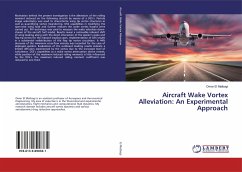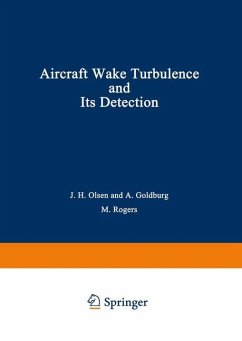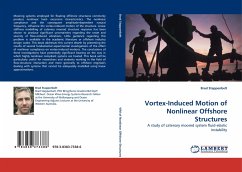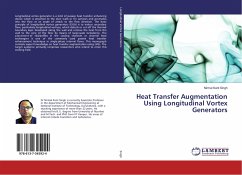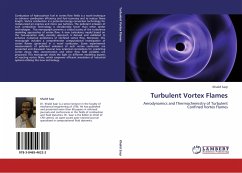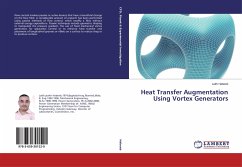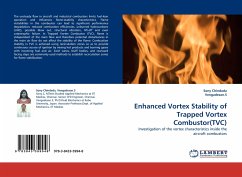Motivation behind the present investigation is the alleviation of the rolling moment induced on the following aircraft by means of a DSS¿s. Particle image velocimetry was used to characterize wing tip vortex structures as well as quantifying vortex meandering. DSS capabilities in modifying the span-wise wing load and further reduces the wake vortex hazard were carried out. PIV technique was used to measure the wake velocities down-stream of the aircraft half model. Results reveal a noticeable inboard shift of wing loading along with the direct interaction of the spoiler¿s wake and flap tip vortex for the inboard loading cases. Implementation of DSS results in a substantial redistribution of the flap tip vortex circulation. A 44% decrease of the maximum cross-flow velocity was recorded for the case of deployed spoilers. Evaluations of the outboard loading results indicate a limited diffusion experienced by the vortex due to the increased level of turbulence. DSS¿s capabilities as a wake vortex attenuation device reveals, while position of the maximum induced rolling moments is little influenced by the DSS¿s, the maximum induced rolling moment coefficient was reduced to one third.
Hinweis: Dieser Artikel kann nur an eine deutsche Lieferadresse ausgeliefert werden.
Hinweis: Dieser Artikel kann nur an eine deutsche Lieferadresse ausgeliefert werden.

